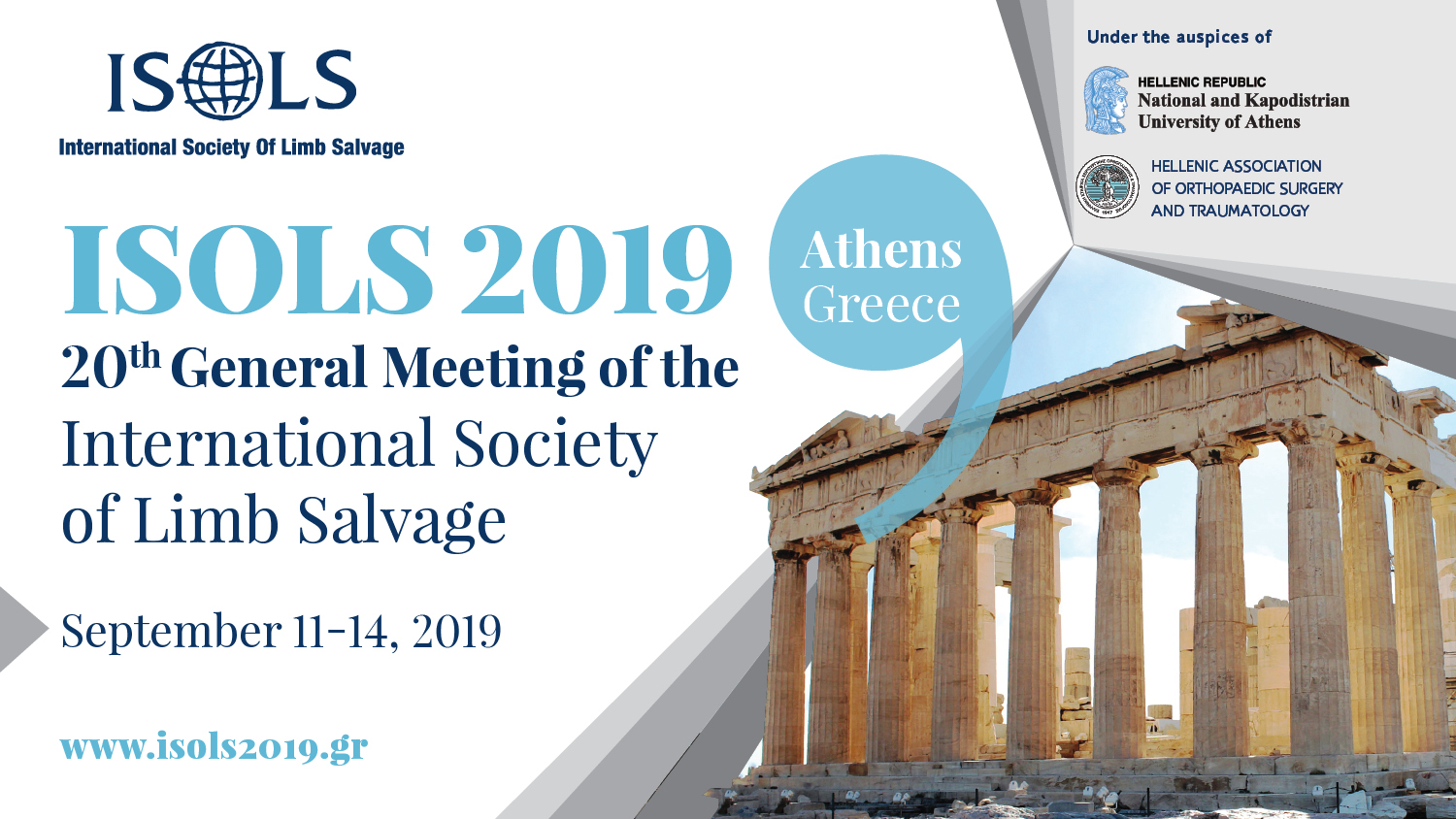Gorham-Stout disease.
J Surg Orthop Adv. 2010 Summer;19(2):85-90.
Mavrogenis AF, Zambirinis CP, Dimitriadis PA, Tsakanikas A, Papagelopoulos PJ.
Gorham-Stout disease is a rare disease of unknown etiology. It is characterized by spontaneous excessive replacement of bone by proliferative non-neoplastic thin-walled lymphatic and/or blood vessels. Histology shows positive stain for the lymphatic endothelial marker LYVE-1 (lymphatic vascular endothelial hyaluronan receptor-1) and many lymphatic growth factors (PDGF-BB, VEGF-C, VEGFR-3). Patients may present with localized pain and/or weakness and radiographic evidence of massive osteolysis involving contiguous bone structures. The disease usually progresses and complications may occur with significant morbidity and mortality. Close monitoring of these patients is recommended. Treatment remains challenging. Surgical treatment has been combined with pre- and postoperative radiation therapy. Drug regimes including bisphosphonates and vitamin D have been used with various results. Currently, the most effective agent is INF-alpha due to its anti-angiogenic effect. The effect of the newer immunomodulatory agents such as the OK-432 remains to be proved.
Mavrogenis AF, Zambirinis CP, Dimitriadis PA, Tsakanikas A, Papagelopoulos PJ.
Gorham-Stout disease is a rare disease of unknown etiology. It is characterized by spontaneous excessive replacement of bone by proliferative non-neoplastic thin-walled lymphatic and/or blood vessels. Histology shows positive stain for the lymphatic endothelial marker LYVE-1 (lymphatic vascular endothelial hyaluronan receptor-1) and many lymphatic growth factors (PDGF-BB, VEGF-C, VEGFR-3). Patients may present with localized pain and/or weakness and radiographic evidence of massive osteolysis involving contiguous bone structures. The disease usually progresses and complications may occur with significant morbidity and mortality. Close monitoring of these patients is recommended. Treatment remains challenging. Surgical treatment has been combined with pre- and postoperative radiation therapy. Drug regimes including bisphosphonates and vitamin D have been used with various results. Currently, the most effective agent is INF-alpha due to its anti-angiogenic effect. The effect of the newer immunomodulatory agents such as the OK-432 remains to be proved.

